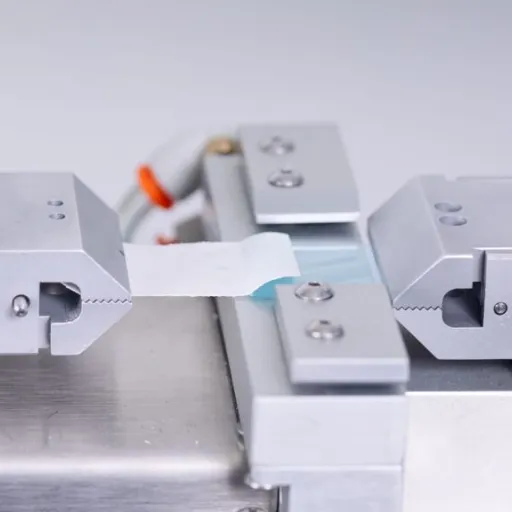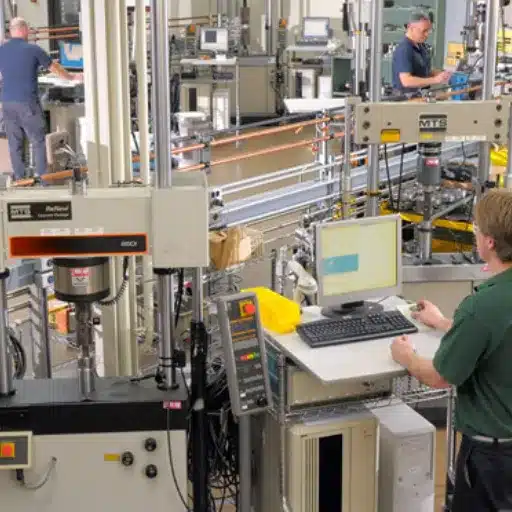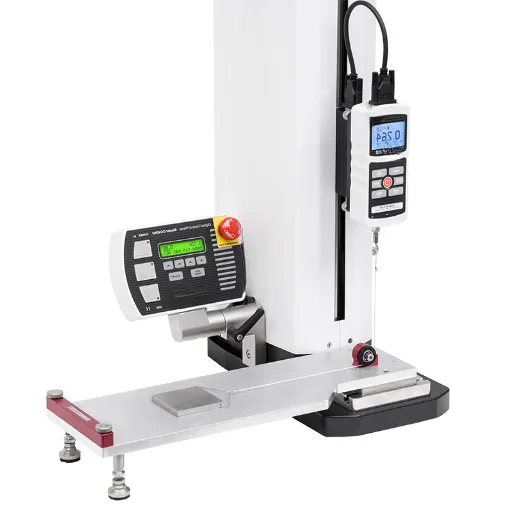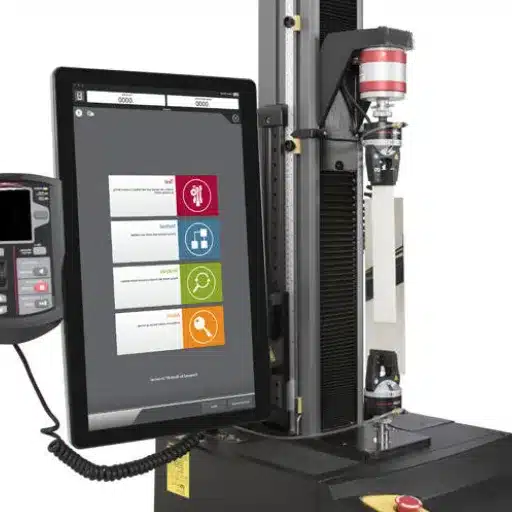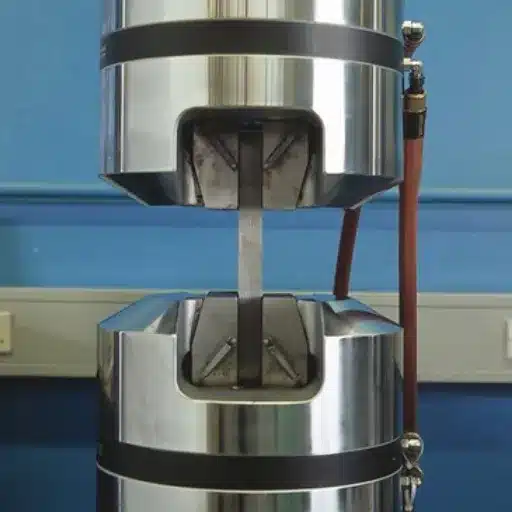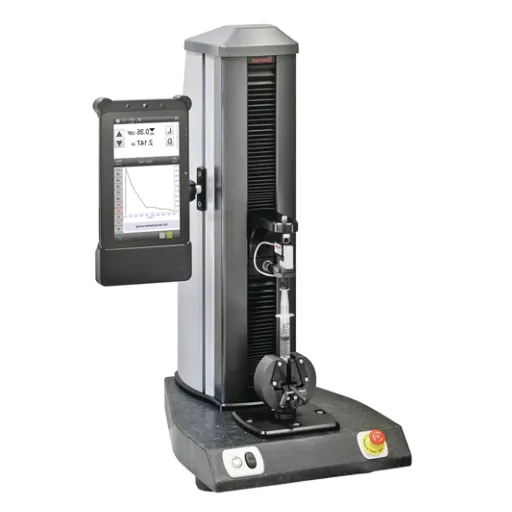Packaging acts very much like the “hug-treatment” for a medical device, which guarantees safety, sterility, and efficacy of the product throughout its lifecycle. For manufacturers, fulfilling very stringent regulatory guidelines within the product’s integrity is quite a task but an essential one. Hence, this article enters into the aspects of medical device packaging while focusing on validation and testing of packages. We will take a look at why validation is non-negotiable, how packaging is tested to give an insight for organizations struggling to meet industry demands and ensure patient safety. Whether you wish to acquaint yourself with the whole matter as a quality assurance or packaging engineer or just want to understand a portion of the underlying sciences, this guide has it all. Let’s take a journey to learn how packaging can save not only the product life but also the one into which it goes.
Importance of Medical Device Packaging Testing
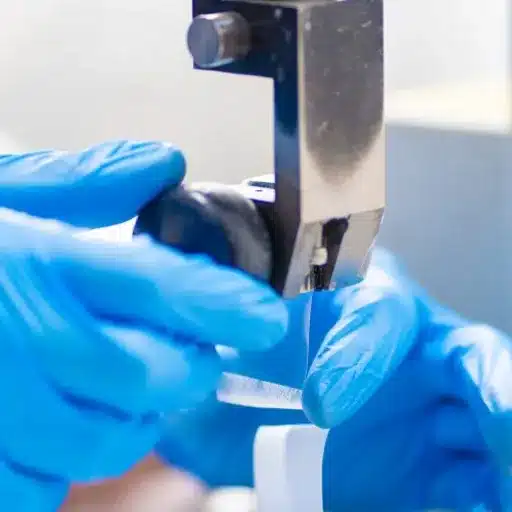
Patient Safety and Product Integrity
Packaging of medical devices is necessary for patient safety and product integrity. It acts as a first barrier against unauthorized intrusion, topographic incidences of contamination, and environmental stresses-whether dust, damage, or flavoring-,-any time-lapses that could destroy a sterile barrier for medical devices. An inadequately packed body stands for the occurrence of infections, malfunctions of a device, thereby putting the health of the patient at risk.
Medical-device packaging also possesses an important role in keeping a device fully functional until it reaches the end consumer. Packaging design and materials’ faults potentially compromise sterility due to packaging breach, exposure to moisture or air, or mechanical failures, all of which could put a device out of use. Testing ensures a packaging package conforms well to regulatory standards and performs properly under dynamic conditions, like during transportation or storage.
Moreover, packaging testing forms an integral part of regulatory operation. Authorities demand that manufacturers show evidence that the packaging meets the pre-established guidelines of safety and efficacy. While this verification chiefly involves patient health, it promotes acceptance for medical devices. Testing in a systematic and validated approach diminishes risks in delivery of products that are safe, sturdy, and ready for critical healthcare environments.
Regulatory Compliance and Standards
Any packaging in this field must be evaluated for ISO and FDA norms to ensure patient safety and the integrity of the product. Specific agencies such as ISO and the FDA establish guidelines and frameworks suitable for given designs and tests for medical packaging. The standards are generally aimed at ensuring that the packaging meets tests for sterility, strength, and usability under actual expected conditions. Compliance with these laws is required of any manufacturer who needs to have his products distributed within the regulated markets.
Key Standard: ISO 11607
The foremost standard in the field is ISO 11607, Packaging for Terminally Sterilized Medical Devices. This standard defines requirements for the materials, packaging system, and its validation to ensure sterility, so-called terminal sterilization, from sterilization through use. Moreover, the tests include performance tests such as seal integrity, microbial barrier integrity, or strength tests of materials. Meeting these requirements will suffice for regulatory approval and ensure that the packaging itself is functionally optimized for medical use.
Documentation and traceability of the manufacturing process are quintessential for successful regulatory compliance. Evidence of conformity is required in the form of thorough documentation concerning material sourcing; design qualifications, and testing results. These regulatory authorities can also issue routine audits and inspections. Through implementation of such standards, manufacturers would build and maintain trust in their products, risk fewer recalls, and end up enhancing patient-outcome through safer delivery of medical devices.
Impact on Shelf-Life and Sterility
Shelf-life and sterility maintenance of medical devices are very particular to their safe and efficient use. The term shelf-life holds the meaning of the period during which the device remains functional and safe to use under proper storage conditions. Sterility, however, ensures that the device is free from any harmful microorganisms that shall possibly cause harm to the patient. These two factors are highly emphasized within the regulatory guidelines to uphold the public health and to maintain the integrity of a medical device.
Shelf-Life Testing
Determined by stability studies testing performance over time under various environmental conditions of temperature and humidity.
Sterility Maintenance
Maintained using validated sterilization methods such as steam, ethylene oxide, or radiation sterilization.
If sterility is not maintained or factors such as shelf-life are compromised, it will giveaway compromised patient safety, product recalls, alongside the loss of trust in the manufacturer. With stringent following of regulatory requirements and investment in testing along with quality control, the manufacturers can guarantee the reliability and sterility of the device throughout its lifecycle, which shall ultimately promote patient outcomes.
Overview of Relevant Standards and Regulations
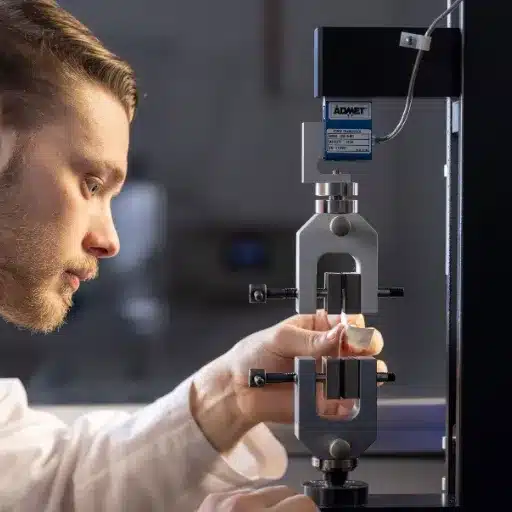
ISO 11607 Guidelines
ISO 11607, also known as packaging for terminal sterilized medical devices, is the international standard describing systems and methods by which sterile barrier systems may be manufactured, maintained sterilized, and kept free from contamination up to the point of use. The principle requirement of the Standard is to safeguard the sterility of the medical device, thus protecting the safety of patients.
| Part | Focus Area | Key Requirements |
|---|---|---|
| ISO 11607-1 | Materials and Systems | Requirements for materials, sterile barrier systems, and packaging systems development |
| ISO 11607-2 | Validation Processes | Validation of packaging processes, sealing, and assembly procedures |
The knowledge about ISO 11607 holds extreme importance while manufacturers maintain regulatory expectations. Validation procedures like performance testing or stability testing ensure manufacturers remain compliant with the standard. Manufacturers will prepare packaging capable of reliably maintaining sterility and functionality throughout its intended shelf-life by complying with these guidelines, thus ensuring patient and healthcare provider safety.
FDA Regulations for Medical Device Packaging
Quality System Regulation (QSR): The Food and Drug Administration (FDA) established rigorous regulations for maintaining safety and efficiency in containers for medical devices. Manufacturers have to pack under the Quality System Regulation (QSR) of the FDA under 21 CFR Part 820, which includes design, production, and control-process requirements specifically related to medical device packaging.
One of the crucial elements of the FDA’s regulations pushes for validation and tests. Packaging systems are subjected to performance tests such as seal strength, pressure-related burst tests, and microbial barrier tests. These tests ensure that the packaging can keep the product sterile while being subjected to different nominal scenarios of storage, transport, and use. Manufacturers must also conduct stability testing to prove that packaging maintains its protective qualities over the product’s declared shelf life.
- Performance Tests Required:
- Seal strength testing
- Pressure-related burst tests
- Microbial barrier tests
- Stability testing for shelf life validation
Documentation is yet another signifying aspect of FDA regulations. Manufacturers are to describe and record extensive records, including validation data, test results, and packaging design specifications, which can be used to show compliance in the event of inspections or audits. Manufacturers, therefore, by complying with these regulations, guarantee end uses whose safety has been established, ease regulatory approval processes, and thus deserve recognition for the society they uphold in terms of public health.
ASTM and ISTA Standards
ASTM Standards
The American Society for Testing and Materials standards center on defining and improving material properties, product functionality, and safety. These standards include testing of materials, labeling, and performance evaluation across industries.
ISTA Standards
The International Safe Transit Association standards cover packaging performance during transportation, simulating real-world shipping conditions to test protection against vibration, compression, and impact.
In conjunction, these standards maintain a critical role in public health and consumer safety. Compliance with ASTM and ISTA directs manufacturers to ensure reliable products with a minimal degree of risk during distribution. The adoption of the standards favors meeting regulatory requirements, putting dents in financial losses on damaged goods, and elevating trust in the supply chain.
Common Testing Methods in Package Validation
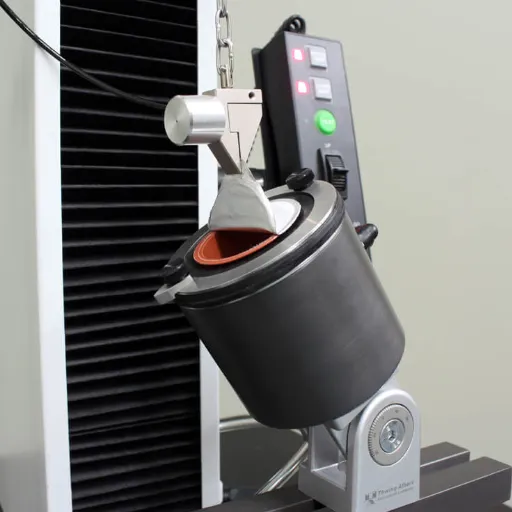
Seal Strength Testing
Seal strength testing is one of the most important procedures in package validation as it tests the strength and durability of a seal on the package. It tests whether seals sufficiently hold the contents of packages and prevent leakage, being tough enough to withstand anticipated handling, storage, and environmental conditions. Thus, it prevents leaks, contamination, or damage to the product while being transported or stored.
A controlled force is applied to the sealed edges of the packaging to determine the seal strength and uniformity. Among the common methods are peel, burst, and tensile strength testing, each simulating a different stress situation that a package could face. These methods help in identifying weaknesses of the seal from which package failures arose, thus giving great insight into package improvements.
- Peel Testing: Measures force required to separate sealed edges
- Burst Testing: Determines maximum pressure package can withstand
- Tensile Strength Testing: Evaluates material strength under stretching forces
Through seal strength testing, manufacturers assure their products meet industry and regulatory qualifications in terms of quality and safety for the end user. This builds on the satisfaction of customers, minimizes the wastage of products through spoilage or recalls, and insists upon trusting and dependable supply chain.
Burst Testing
A packaging or sealed container determined to see the maximum pressure it can sustain is subjected to burst testing. Internal pressure is applied to the package until the point of bursting, and this provides useful information on the strength of the materials and seals. Being able to gauge the pressure resistance of a particular packaging affords the manufacturer the opportunity to ensure that their product is consequently safeguarded through storage, transportation, and use.
Process: Being placed under a containment where it is subjected to pressure that builds up until it finally fails constitutes the process of burst testing. Deficiencies that may exist in the package can be revealed by the test, and appropriate improvements can be effected to strengthen the design.
Burst testing is crucial for quality control in checking package integrity. When manufacturers use this test to ensure that their packaging meets the specified criteria for performance, contents inside are safeguarded from any damage or contamination, thus ensuring consumer trust. With the aid of this test, a decrease in the number of products going flawed increases product quality and wastage along with resources, thereby protecting the supply chain.
Microbial Barrier Testing
It is a crucial procedure for assessing a packaging system at a microbial level: particularly to prevent microbial ingress. This further forms a guarantee that the content inside remains sterile and uncontaminated throughout the life of the product. It mostly tests for the integrity of the seal of the package and ensures that the material itself does offer adequate barrier protection to microbial penetration under conditions that may be altered in the laboratory.
- Aerosolized Microbe Challenges: Simulates airborne contamination scenarios
- Immersion Techniques: Tests barrier properties under liquid exposure
- Controlled Environmental Conditions: Various temperature and humidity settings
The Microbial Barrier Testing is the last measure that manufacturers could use to enhance safety and that go toward regulatory compliance. This test prevents product recalls and protects the user from harm by ensuring the products are protected against microorganisms. When done consistently, it assures consumers that they can rely on critical products.
Challenges in Medical Device Packaging Testing
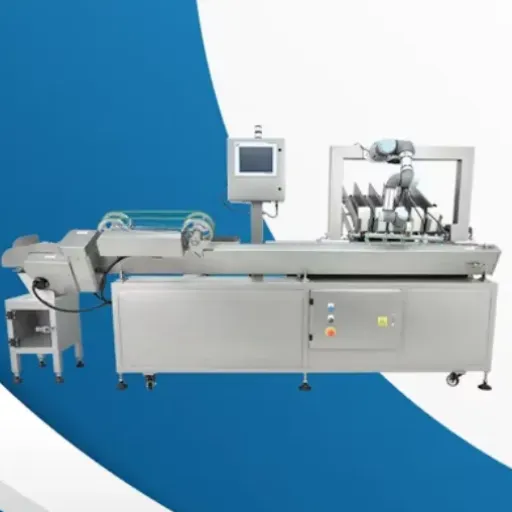
Balancing Cost-Efficiency with Compliance
Challenge: Finding the proper balance between cost-efficiency and compliance in medical device packaging testing is vital but often challenging for manufacturers. Regulatory requirements are oriented toward meeting safety and effectiveness criteria of the product, thereby occasionally requiring more rigorous mechanisms for testing.
With risk-based testing, this balance can be attained. Once the highest-risk points in the packaging process have been identified, the manufacturers apply their resource testing where it matters most. Hence, unnecessary testing in low-risk areas is avoided, yet the approach is compliant with the standards stipulated by the regulators. Also, by streamlining testing workflows and employing multifunctional equipment, manufacturers will save money on the testing in the long run by increasing efficiency.
Risk-Based Testing
Focus resources on highest-risk areas
Streamlined Workflows
Employ multifunctional equipment
Expert Partnerships
Collaborate with testing laboratories
Lastly, collaboration with expert testing laboratories and staying updated with advancements in testing technologies can further reduce costs while improving compliance. Partnering with specialized testing providers allows manufacturers to access expertise and resources they may lack in-house, ensuring that testing is both thorough and efficient. By leveraging innovative solutions and strategic partnerships, manufacturers can sustain regulatory compliance without compromising their financial stability.
Addressing Packaging Design Limitations
Adequate packaging design makes sure the safety and efficacy of medical devices are maintained while stored, transported, and being put into use. Sometimes packaging design might leave out a critical limitation such as one of durability-punctures, tears, or degradation during the transit. This would ensure the sterility and performance of a medical device are compromised. To counter this, the manufacturers have to undergo mechanical testing like drop tests, compression tests, or any conditions that could weaken the packaging materials.
| Design Challenge | Testing Solution | Key Considerations |
|---|---|---|
| Durability Issues | Drop tests, compression tests | Punctures, tears, degradation |
| Barrier Properties | Permeability, environmental stress tests | Moisture, oxygen, light protection |
| Sterilization Compatibility | Material compatibility validation | EO, radiation, steam compatibility |
In the end, it could pose certain difficulties when designing packaging with sterilization methods in mind. Some materials may disintegrate or lack integrity once subjected to sterilization procedures like ethylene oxide, radiation, or steam autoclaving. Selection and testing of crucial packaging materials for compatibility with the intended sterilization are necessary to validate packaging performance. If these limitations can be tackled through application of testing protocols, manufacturers will be able to produce medical device packaging that is reliable, compliant, and safe.
Maintaining Integrity Under Real-Time Aging
Real-Time Aging: Ensuring the integrity of the package holding the medical devices during real-time aging ensures that the product remains functional and safe for use for its intended shelf life. The environment under which actual storage conditions are simulated is called aging. These environmental factors consist of temperature, humidity, and time, set to observe the reaction of materials and seals to these external parameters.
Particular laboratories conduct different studies with packages stored under relevant temperature/time conditions. At certain intervals, the packaging is subjected to key attribute testing, including seal strength, barrier properties, and visual defects. These tests are carried out according to international guidelines to ensure that standardized methods are employed in evaluating the material’s durability, as well as the overall packaging system.
- Environmental Simulation: Temperature, humidity, and time controls
- Interval Testing: Regular assessment of key attributes
- International Guidelines: Standardized evaluation methods
- Comprehensive Analysis: Seal strength, barrier properties, visual inspection
Seal integrity of medical device packaging is concerned primarily with patient safety and the medical efficacy of the device; hence, it is not for meeting regulatory requirements. Manufacturers consider real-time aging studies as part of physical testing in the validation of the performance of packaging for its integrity from the standpoint of prevention of risk factors of contamination, failure, and eventually poor medical performance of the device. When combined with strong controls on quality, these efforts inform the continued assurance that the packaging of medical devices meets the most stringent levels required in healthcare.
Future Trends in Medical Device Packaging Testing
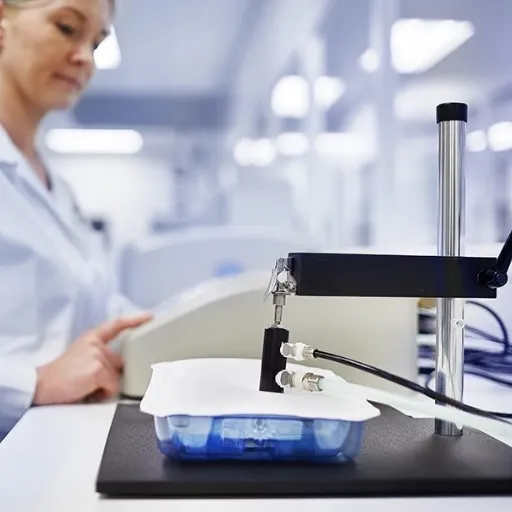
Advancements in Testing Technologies
With the advancement in testing, the field of evaluation of medical device packaging seems to be undergoing rapid transformation. The increasing use of non-destructive testing approaches is one key issue considered. Non-destructive testing approaches usually include micro-computed tomography (Micro-CT) methods and ultrasonic testing methods in evaluating packaging materials and seals so that the packaging can be further used after testing. The application of non-destructive testing methods leads to a faster and more reliable testing process that generates little waste compared to destructive testing.
Non-Destructive Testing
- Micro-CT methods
- Ultrasonic testing
- Package reuse capability
- Reduced waste generation
Automation & AI
- Robotic testing systems
- Improved precision
- Pattern detection
- Proactive risk assessment
The relatively new aspect yet gaining importance, is the application of automation and artificial intelligence in testing. Robotic systems can improve the precision and consistency of packaging integrity assessments by eliminating human error. An AI instrument analyzes the testing data and will detect subtle patterns that may indicate potential risks so that such risks can be addressed more proactively through quality assurance.
There is growing importance laid now on environmentally friendly testing approaches. Many labs and manufacturers follow a green approach including limiting the amount of materials for testing and using energy-efficient testing tools. This seeks to achieve broader goals of reducing the environmental impact of healthcare operations while ensuring the highest standards of safety to the patient and utmost performance of the device. These, therefore, together raise the bar for quality and innovation in medical device packaging testing.
Sustainability Initiatives in Packaging Solutions
In packaging solutions, sustainability is attended to very suddenly, to become the top priority of industry in an effort to reduce their ecological footprint. A key initiative is the usage of biodegradable materials that decompose naturally without leaving any harmful residue. With these materials, rinse companies-in this case-the goal is to lessen plastic pollution to ensure long-term environmental sustenance. While in initiations under that effort, single-use packaging could be replaced with reusable and recyclable options for materials so their life could be slightly extended, thereby minimizing waste.
Biodegradable Materials
Materials that decompose naturally without harmful residue, reducing plastic pollution for long-term environmental sustainability.
Design Optimization
Minimizing material use while maintaining safety and functionality, reducing transportation fuel requirements through lighter packaging.
Circular Economy
Using recycled content in new packaging designs, decreasing virgin material needs and supporting sustainable material use.
Another strategy under consideration is the optimization of packaging design in a way that minimizes material use while still ensuring safety and functionality of the product. Lighter packaging requires fewer resources and less fuel during transportation based on its lower gross weight. These potential savings are further strengthened with energy-efficient manufacturing processes, thus offering a much larger cut in greenhouse gas emissions whenever packaging solutions are being worked on.
In addition, industries are applying the circular economy by using recycled content in new packaging designs. This decreases the needs for virgin materials and supports the sustainable use of materials. Many companies are also investigating sustainability supply chains in regards to the ethical sourcing of raw materials. These steps would certainly lead to more environmentally friendly packaging solutions and give the current effort to curb climate change and promote sustainable development a much-needed momentum.
Impact of Digitalization on Testing Services
Digital Transformation: Digitalization has improved medical device packaging testing in terms of efficacy and accuracy. Such automated systems and digital tools collect and analyze data with greater precision, thereby lessening errors due to human interference. Hence, the tests for the packaging stand to be trustworthy and consistent, which is necessary from the perspective of regulatory standards and patient safety.
Digital technology integration allows for when the test will be finished in accordance with various circumstances, thus improving speed and ability to make decisions. This greater speed and capacity to make decisions allow companies to detect possible problems in their packaging processes and to rectify these issues promptly. In addition to simulation technologies, packaging designs can also be tested under several conditions without the necessity for extensive physical trials, thus further saving time and money.
- Automated Data Collection: Greater precision and reduced human error
- Real-Time Analysis: Faster decision-making capabilities
- Simulation Technologies: Testing under various conditions without extensive physical trials
- Digital Documentation: Centralized electronic records with clear audit trails
Anyways, digital documentation and data management truly simplify compliance with regulatory requirements. With the entire electronic record system centralized, this provides a clear audit trail, making inspections and reviews easier. By simplifying such processes, digitalization makes medical device packaging testing more precise, while also allowing manufacturers to deliver safer products into the market in a time-efficient manner.
Frequently Asked Questions (FAQ)
Q: What is medical device packaging testing?
A: Medical device packaging testing is performed to validate the packaging system that would protect medical devices throughout their lifecycle until the latter has maintained sterility, integrity, and functionality, from being delivered to the end user.
Q: Why is package integrity testing important in medical device packaging?
A: Package integrity testing is of paramount importance as it makes certain that the packaging retains its protective qualities to prevent contamination and keep the medical device sterile and functional until it reaches the shelf life.
Q: What kinds of methods do you apply in integrity testing?
A: Integrity testing usually involves methods such as bubble testing, dye penetration testing, and whole package integrity testing. These tests indicate any potential breach in packaging that might jeopardize safety for the device.
Q: What is accelerated aging in relation to medical device packaging testing?
A: The accelerated aging process is applied in medical device packaging testing to simulate long-term storage conditions for short periods. This allows the determination of shelf life and stability of the packaging materials under stress.
Q: What is the sterilization validation for medical device packaging?
A: Sterilization validation is to make sure that the packaging sustains the sterilization process, ensuring that sterilization of medical device is effective after manufacturing.
Q: What tests are conducted on medical device packaging?
A: Testing standards for medical device packaging include following ISO and ASTM standards like ASTM D4169 for package performance testing that ascertain safe and performance requirements is met by the packaging.
Q: How can test solutions aid in medical device development?
A: During product development, testing provides relevant data to validate packaging designs, evaluate device performance, and ensure that products meet regulations before their launching into the market.
Q: What is involved in sterile barrier integrity testing?
A: Sterile barrier integrity tests the ability of packaging to protect sterile medical devices from contamination. It is of utmost importance in ensuring that devices are safe and effective for use.
Q: What is the importance of the expiration date in medical device packaging?
A: The expiration date is the time limit within which a medical device is expected to be safe and effective when stored under the conditions specified. This is imperative so that users will receive products that are reliable and safe.
Q: What role does transit testing have in package validation?
A: Transit testing assesses the capacity of packaging to bear transportation stresses; thus, it is crucial to ensure that the packaging can protect the medical device from being damaged during shipping and handling to maintain product integrity.
References
- Medical Device Packaging Testing – Discusses various test systems to evaluate packaging stability, performance, aseptic presentation, and microbial barriers.
- Medical Device Packaging Testing According to ISO 11607 – Explains the ISO 11607 standard series for evaluating sterile medical device packaging systems.
- The Basics of Medical Device Packaging | TechTip – Covers package integrity testing methods, including ASTM F1929 for detecting seal leaks.
- What Goes Into Medical Device Package Integrity Testing? – Focuses on critical evaluations for ensuring the safety and sterility of medical device packaging.

